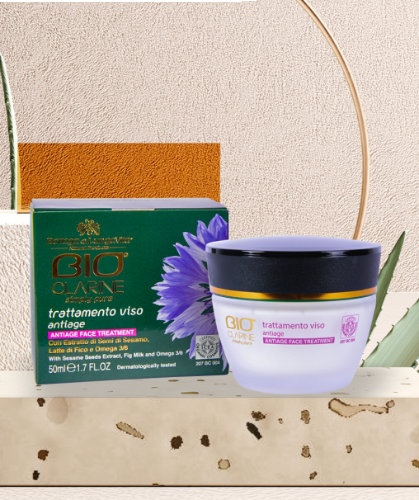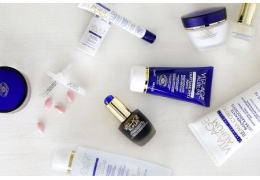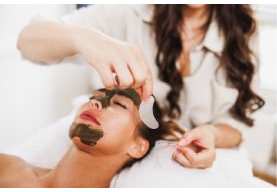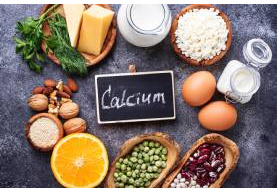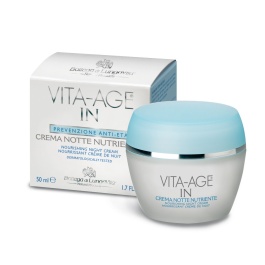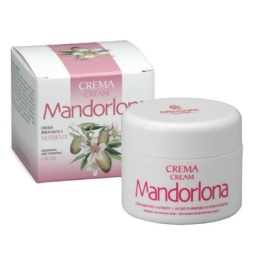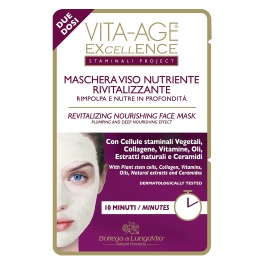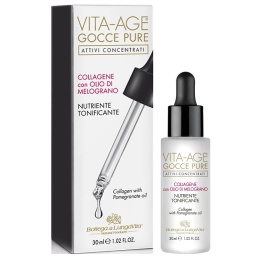NOURISHING FACE TREATMENTS: HOW AND WHY TO NOURISH YOUR SKIN

Taking care of your facial skin requires attention and awareness, especially when it comes to understanding its real needs. Nourishing the skin is an essential step, yet it’s often confused with simple hydration — a common mistake that can lead to the wrong choices in your daily skincare routine.
Why Nourishing the Skin Is Essential
To nourish the skin means to restore its natural lipid barrier by providing essential fatty elements that keep it soft, elastic, and protected. This process is very different from hydration, which focuses on supplying and maintaining the water needed to keep the upper layers of the epidermis healthy.
The confusion between these two concepts is widespread: many people struggle to tell the difference between dry skin, which lacks oils and needs nourishment, and dehydrated skin, which lacks water. Understanding this difference is crucial to choosing the right treatments and avoiding further imbalances.
Dry Skin vs. Dehydrated Skin: How to Tell the Difference
Dry skin is characterized by a lack of lipids — the fatty substances that make up the skin’s protective barrier. Typical symptoms include a persistent feeling of tightness, dullness, rough texture, loss of elasticity, and in more severe cases, flaking, especially in winter. Dry skin often looks lifeless and tends to develop fine lines and premature wrinkles.
Dehydrated skin, on the other hand, lacks water. It usually feels tight right after cleansing, may itch occasionally, and appears dull. Dehydration is a temporary condition that can affect any skin type — even oily or combination skin.
How to Choose the Right Products
To properly nourish your facial skin, look for products rich in oily or buttery ingredients: vegetable oils such as avocado, wheat germ, argan, or jojoba; butters like shea or cocoa; and ceramides, which help strengthen the skin barrier. These ingredients restore essential lipids that keep the skin soft and protected.
For dehydrated skin, on the other hand, you’ll need humectant ingredients that draw water from the deeper layers of the skin to the surface. Hyaluronic acid, glycerin, aloe vera, and allantoin are excellent allies. Remember: even oily skin can be dehydrated and still needs hydration—just opt for lighter textures that won’t clog pores.
Common Skincare Mistakes
One of the most common mistakes is using rich creams on skin that’s merely dehydrated. This can make the skin feel greasy, cause breakouts, and clog pores. Conversely, failing to nourish truly dry skin can lead to irritation, flaking, and premature aging.
Another frequent misconception affects those with oily skin: believing it doesn’t need hydration or nourishment. In reality, dehydrated oily skin often produces even more sebum to compensate for the lack of water, worsening the problem.
How to Apply Nourishing Treatments Correctly
Proper application is key to maximizing a product’s effectiveness. Start with gentle cleansing, using non-aggressive cleansers that respect the skin’s pH and don’t strip away its natural oils.
After cleansing, apply a targeted serum, as serums contain a high concentration of active ingredients and penetrate more deeply. For dry skin, choose oily or lipid-rich serums. Finally, apply a nourishing cream (such as a Nourishing Night Cream or Hydrating & Nourishing Cream), massaging it in upward circular motions to promote absorption and stimulate microcirculation.
Integrating nourishing or hydrating masks—like a Revitalizing Nourishing Face Mask—into your weekly routine can make a visible difference. Sheet masks, clay masks enriched with plant oils, or overnight treatments are particularly effective. Applying them once or twice a week gives the skin an intensive nourishment boost, restoring softness and radiance.
Tailored Nutrition for Every Skin Type
Each skin type needs a customized approach:
- Mature skin benefits from anti-aging ingredients with strong nourishing power, such as retinol, peptides, and selected oils (like those in Total Nutrition Face Treatment).
- Sensitive skin requires gentle, fragrance-free, and allergen-free formulas with soothing ingredients like colloidal oatmeal or chamomile.
- Oily skin still needs nourishment—opt for lightweight textures like gel-creams or serums (for example, Concentrated Actives – Collagen with Pomegranate Oil) that won’t feel heavy.
Protecting Against External Aggressors
Stress, smoking, pollution, and weather conditions constantly attack the skin, leading to dryness and accelerated aging. Oxidative stress from these factors damages skin cells and weakens the protective barrier.
To counter these effects, include products rich in antioxidants such as vitamin C, vitamin E, resveratrol, and polyphenols in your routine. These ingredients neutralize free radicals and help preserve skin health. Also, daily use of sunscreen is essential to prevent UV damage—the leading cause of premature aging. Finally, maintain a healthy lifestyle: eat a balanced diet, stay hydrated, and get enough rest to support your skin from within.
In Conclusion
Nourishing your facial skin isn’t just a beauty ritual—it’s an act of care and prevention that keeps your complexion healthy over time, giving it a radiant, elastic, and youthful appearance.


